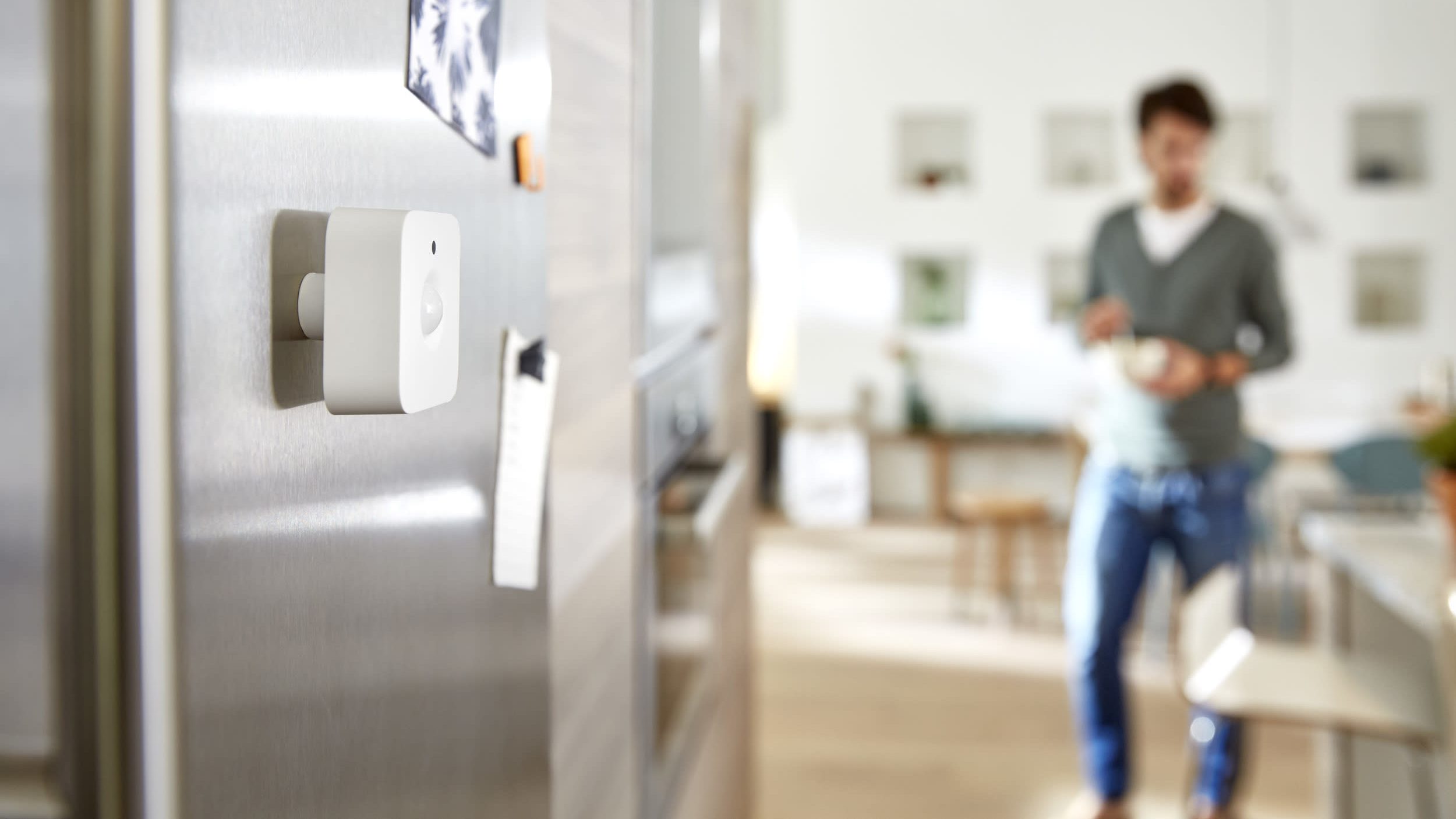In an age of smart technology and rising home automation, home sensors play a vital role in keeping your property safe, efficient, and connected. From detecting motion and smoke to monitoring water leaks and open windows, advanced home sensors offer real-time awareness and automated responses that protect both your home and your peace of mind.
In this article, we’ll explore the different types of home sensors, how they work, where to place them, and how they fit into a modern smart home ecosystem.
🏠 What Are Home Sensors?

Home sensors are electronic devices that detect changes in the environment and trigger an alert or action based on those changes. They are typically connected to a smart home hub, security system, or mobile app, allowing you to receive notifications and automate responses.
Home sensors enhance:
-
Home security
-
Fire and gas safety
-
Energy efficiency
-
Leak detection and flood prevention
-
Comfort and convenience
Whether you own or rent, home sensors can be a cost-effective and powerful addition to your home setup.
🛡️ Types of Home Sensors and What They Do
Here are the most common types of home sensors and how they protect your home:
✅ 1. Motion Sensors
-
Detect movement within a specific area.
-
Used in alarm systems and to automate lighting.
-
Can be set to ignore pets or specific times of day.
✅ 2. Door and Window Sensors
-
Alert you when a door or window is opened or tampered with.
-
Essential for intrusion detection and child safety.
✅ 3. Glass Break Sensors
-
Detect the specific sound frequency of glass breaking.
-
Ideal for windows, sliding doors, and entry points.
✅ 4. Smoke and Carbon Monoxide Detectors
-
Alert you to dangerous smoke or CO gas levels.
-
Can be linked to smart systems for instant alerts and even HVAC shutdown.
✅ 5. Water Leak Sensors
-
Detect water where it shouldn’t be (e.g., under sinks, near washing machines).
-
Help prevent costly water damage and mold growth.
✅ 6. Temperature and Humidity Sensors
-
Monitor indoor climate and send alerts for extreme conditions.
-
Useful in wine cellars, greenhouses, or rooms with sensitive electronics.
✅ 7. Light Sensors
-
Detect ambient light levels to automate blinds or lighting.
-
Improve energy efficiency and comfort.
✅ 8. Vibration or Shock Sensors
-
Sense impact or unusual vibration on windows, doors, or walls.
-
Help detect forced entry attempts.
🌐 How Home Sensors Work in a Smart Home
Most home sensors operate on Wi-Fi, Zigbee, Z-Wave, or Bluetooth networks. They connect to a central hub or smart assistant like Amazon Alexa, Google Home, or Apple HomeKit.
Through mobile apps, you can:
-
View real-time alerts
-
Trigger routines (e.g., turn on lights when motion is detected)
-
Monitor your home remotely
-
Integrate with other smart devices (locks, cameras, thermostats)
This integration turns individual sensors into part of a holistic home automation system.
📍 Where to Place Home Sensors
Proper placement is key to maximizing protection:
| Sensor Type | Best Placement |
|---|---|
| Motion Sensors | Hallways, entryways, large open rooms |
| Door/Window Sensors | Main doors, windows, sliding glass doors |
| Smoke/CO Detectors | Bedrooms, kitchens, near HVAC units |
| Water Leak Sensors | Under sinks, water heaters, basements |
| Temperature Sensors | Living areas, nurseries, server rooms |
| Glass Break Sensors | Near large windows or patio doors |
Make sure sensors are not blocked by furniture or placed near vents, which may interfere with readings.
🧰 Features to Look for in Home Sensors
When choosing sensors, consider the following:
-
Wireless vs. wired installation
-
Battery life and low battery alerts
-
Mobile notifications and remote monitoring
-
Smart home compatibility (Alexa, Google, HomeKit, etc.)
-
Integration with security systems
-
Tamper alerts for added protection
🏠 Best Home Sensor Brands (as of 2024)
Here are some popular and reliable brands offering high-quality sensors:
| Brand | Strengths |
|---|---|
| Ring | Seamless integration with cameras and doorbells |
| SimpliSafe | Easy DIY security system with broad sensor options |
| Aqara | Affordable, Zigbee-based sensors for smart homes |
| Google Nest | Advanced integration with Nest ecosystem |
| Eve | HomeKit-friendly with local control |
| Samsung SmartThings | Works with multiple sensor types and brands |
🧾 Benefits of Home Sensors
-
Peace of mind whether you’re home or away
-
Early detection of emergencies like fire, leaks, or break-ins
-
Improved home automation and convenience
-
Cost savings by preventing damage or conserving energy
-
Remote access to monitor and control your home
🛠️ DIY vs. Professional Installation
Many modern sensors are DIY-friendly and take only minutes to install with adhesive strips or mounting screws. However, professional installation may be preferred for:
-
Whole-home systems
-
Hardwired solutions
-
Larger properties
-
Insurance or code compliance
🏁 Conclusion: Smarter Security with Home Sensors
Home sensors are the eyes and ears of your smart home, alerting you to risks and enhancing your everyday comfort and security. Whether you want to protect against break-ins, detect smoke, or automate your lighting, there’s a sensor to meet your needs.
🔒 Investing in the right home sensors today means a safer, smarter home tomorrow.
Tags: Home sensors
